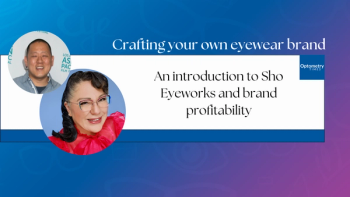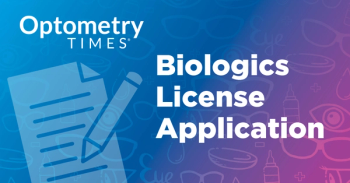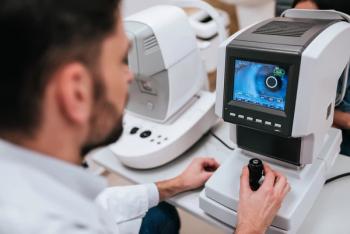
Eye care organizations, researchers launch campaign advocating for vision research

The campaign provides tools to patients, researchers, clinicians, industry, and advocates with tools to tell their stories that advocate for vision research.
As threats continue in the US to slash federal medical and vision funding and to consolidate the National Institutes of Health’s (NIH) National Eye Institute (NEI) into the broader Institute on Neurosciences and Brain Research, eye care providers, researchers, and vision organizations are working together to launch a campaign to protect vision research.1 The American Academy of Ophthalmology (AAO), Association of University Professors of Ophthalmology (AUPO), American Academy of Optometry (AAOptom), Association for Research in Vision and Ophthalmology (ARVO), National Alliance for Eye and Vision Research (NAEVR), and Alliance for Eye and Vision Research (AEVR) are collaborating to oppose any proposal to consolidate the NEI with the launch of the #SeeWhatMatters campaign, according to a news release.
The educational and grassroots advocacy effort will work to elevate the profile of federally funded vision research, reinforce the need to keep the NEI independent, and illustrate the human impact of vision science. The campaign provides tools to patients, researchers, clinicians, industry, and advocates to tell their stories advocating vision research.1
“The National Eye Institute plays an irreplaceable role in advancing the science that drives better patient outcomes, informs clinical practice, and fuels innovation in vision care,” said Trish Shomion, CEO of the AAOptom, in the release. “Defending and strengthening the NEI is not only about protecting research – it’s about safeguarding the vision health and independence of millions of Americans. Our community stands united to ensure that this vital organization continues to lead progress in preventing blindness and improving quality of life for people across the country.”
The release provided a handful of examples as to why the campaign proves necessary and vision research is crucial to the health of patients, including NEI research that has powered the development of ocular coherence tomography (OCT) that “has revolutionized treatment of several blinding eye diseases and saved both Medicare and patients billions of dollars.” NEI funding also paved the way for the first vision-restoring treatment for age-related macular degeneration (AMD) in the anti-VEGF class of drugs. NEI-supported scientists have also been able to use gene therapy to partially restore vision to those diagnosed with Leber congenital amaurosis, in addition to being an early investor in backing the artificial intelligence (AI) platform LumineticsCore that has the potential to prevent vision loss in patients with diabetes.1
The campaign also cites that NEI trials have demonstrated that laser surgery, blood glucose control, and lipid-lowering therapies can aid in the slowing of vision loss caused by diabetic retinopathy. For AMD, NEI studies have shown that antioxidant and zinc supplements can reduce the risk of advanced AMD-related vision loss. Research on glaucoma has identified effective medications for lowering intraocular pressure to aid in the prevention of blindness. Additionally, other trials have shown that eye patching and drops can improve vision in the weaker eye of children with amblyopia. NEI research has also unveiled that an oral antiviral can reduce the recurrence of corneal stromal keratitis, a severe herpes-related eye disease.2
The #SeeWhatHappens campaign urges researchers, clinicians, patients, and advocates to contact US Congress representatives to illustrate the need for vision research through the NEI. A campaign toolkit is available on the campaign’s website to aid in call-to-action resources, social media advocacy avenues, and more.2
References:
Nation’s eye physicians, researchers launch campaign to protect America’s standing as world leader in vision research. News release. American Academy of Optometry. July 23, 2025. Accessed July 23, 2025.
https://aaopt.org/about-us/news/#toggle-id-1 Stand Up for Sight-Saving Science. #SeeWhatMatters. Accessed July 23, 2025.
https://www.seewhatmatters.org/#resources
Newsletter
Want more insights like this? Subscribe to Optometry Times and get clinical pearls and practice tips delivered straight to your inbox.










































